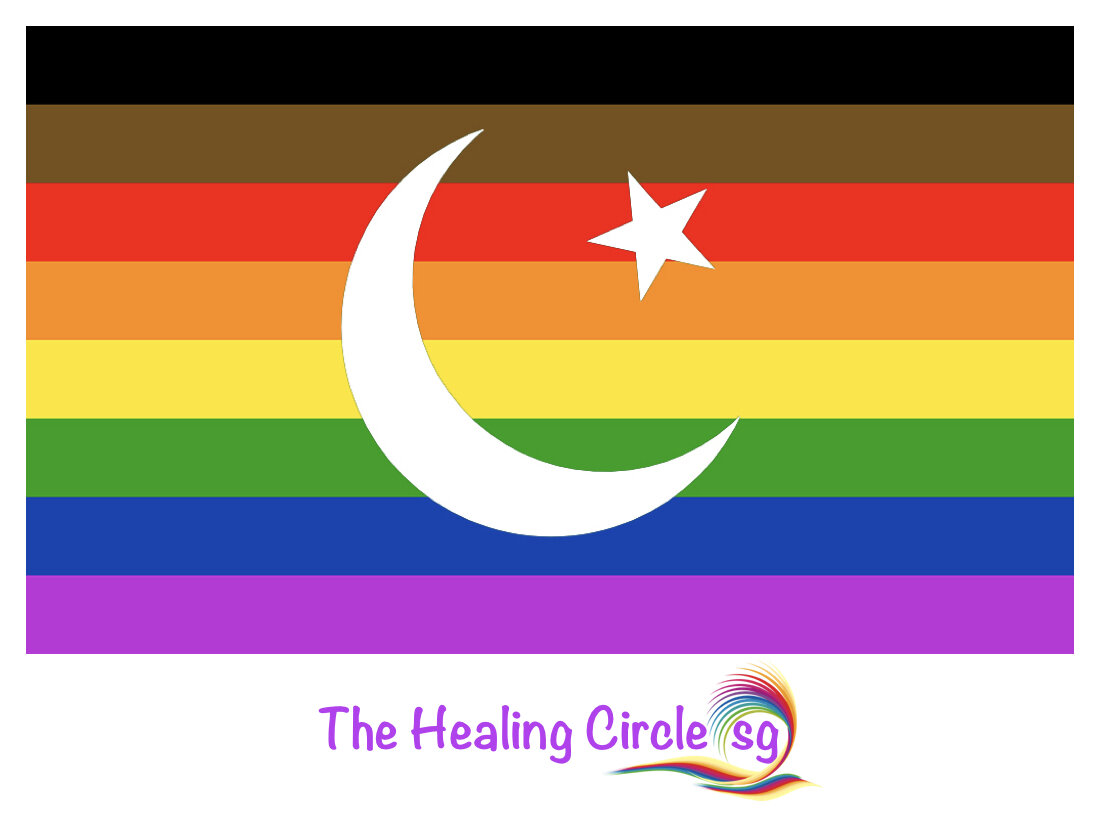Do Porn Needs To Be Part Of Sex Education In School?
If You Ignore Porn, You Are Not Teaching Sex Education
Refusing to discuss sexually explicit media, which is more accessible to minors than at any other time in history, won’t make it go away. a study in US found that more than 90 percent of boys and close to two-thirds of girls had viewed online pornography before turning 18, whether intentionally or involuntarily.[1] While in Singapore, a survey was done in 2016, that showed 91% of boys and 35% of girls between the age of 13 - 15 years have been exposed to pornography. Which equivalent to the ratio of Nine of every Ten teenage boys have seen an explicit content of pornography.
Now, in the midst of COVID-19 pandemic, where many Singaporeans are staying at home, there seem to be an increase number of watching pornography. According to the survey done by We Care Community services, there were 50 cases in 2019 and now it has doubled to 100 cases last year. On average, they were mostly in the 20s and almost 10% were below 18 years of age with the youngest at the age of 12 years old.
Ms Tham from We care, cautioned against labelling a child as a porn “addict” because sexual arousal and curiosity are part of developmental growth in boys and girls going through puberty.
“For a very young person, we tend to look at (pornography use) as a developmental issue. When they are first introduced (to porn), it usually starts with curiosity about their body, sexual behaviour and sexual engagement. A lot of times, most people come out of it when they have other engaging activities,” she said.
“But if they don’t, especially for a child who is very stressed, spends most of the time online and is given unfettered access, for example, they may begin to turn to pornography as a form of self-soothing mechanism. Then that’s where the habit can be created at a very young age.” [2] Hence, that can lead to porn addiction they will become one of the sex offenders.
While in the US, a 2020 analysis of more than 4,000 heterosexual scenes on Pornhub and Xvideos, 45 percent and 35 percent, respectively, contained aggression, almost exclusively directed at women. Black women have been found to be the targets of such aggression more frequently than white women, and Black men are more likely than white men to be depicted as aggressors. In other words, teens are being served a heaping helping of racism with their eroticized misogyny. [1]
It shouldn’t be surprising, then, that adolescents who frequently use porn turn out to be more likely than others to believe its images are realistic. They’re also more likely to try out some of its dangerous moves like choking a partner during sex (a potentially lethal behavior), which, like heterosexual anal intercourse, appears to have been on the rise among adolescents.
Among college men, pornography use has been associated with seeing women as disposable and, for both sexes, a stronger belief in rape myths - such as that a woman “asked for it” because of what she wore or how much she drank. The combination of exposure and perception of porn’s accuracy has also been associated with an increased risk of sexual aggression, which was defined as pressuring someone into intercourse who has already refused.
Parents tend to underestimate their children’s consumption of explicit content, perhaps because the only thing ickier than thinking about your mom or dad watching porn is thinking about your daughter or son doing it. However, teens watch significantly more porn and more-hard-core porn than their same-sex parent. Boys ages 14 to 17 have been found to be at least three times as likely as their fathers to have seen such things as double penetration, gang bangs and facial ejaculation. The differential between girls and their mothers was even higher.
Pornography use is one of the issues teens most wanted to discuss in our conversations. They wanted to know how real, in fact, what they were seeing was and whether the behavior depicted in video clips — or some version of it — would be expected of them someday. Boys often asked about dose: How much was too much? They wanted to know whether their porn habits would affect their predilections, their desires, their performance, their satisfaction with a partner.
Frequent porn users (those who watch it once a month or more, a metric that made boys either burst out laughing or blanch) maybe less happy than others with real-life sex.
“Porn literacy” may sound salacious, and it certainly makes for sensationalist headlines. However, when they’re done right, the aim is to reduce risk, help identify and question the incessant messages that bombard teens, encourage them to hone their values and give them more agency over their experience.
Emily Rothman, a professor of community health sciences at Boston University and the author of the upcoming book “Pornography and Public Health”, found that after taking a nonjudgmental, science-based course that she developed with colleagues, teens were less likely to believe that sexually explicit media was realistic, an easy way to make money or a viable form of sex education. They also better understood the legal implications of sending nudes when underage. And they weren’t more likely to watch porn — that is, just as comprehensive sex education does not prompt sexual activity (in fact, quite the opposite), talking about porn does not appear to motivate teens to seek it out
Dr. Rothman’s porn literacy curriculum doesn’t include explicit images, though the language can sometimes be direct. Its larger mission is to build healthy relationship skills. “Teens need information about how what mainstream porn shows is not necessarily what is going to work in their sexual and dating relationships,” she told me. “It’s not a how-to manual. So we get them to be more skeptical of what they’re seeing and not accept it at face value.” Without that counterbalance, she added, they may develop expectations about sex that are, at the very least, unhelpful and often hazardous.
But given all that, parents and educators need to work together to help kids develop a critical stance — to help them understand what’s untrue and what’s missing from those images — to ensure that, here in the real world, they proceed with consent, mutual respect and authentic intimacy. Awkward as it may be, we can no longer afford the luxury, or the false comfort, of silence.
————————
Excerpt from:
The Straits Times, Janice Tai - Social Affairs Correspondent, published Jun 29, 2016.
https://www.straitstimes.com/singapore/nine-in-10-teen-boys-exposed-to-porn-survey
Today, Eveline Gan, Published JANUARY 30, 2021; Updated FEBRUARY 01, 2021
Read more at https://www.todayonline.com/singapore/watching-porn-getting-addicted-experts-tell-cases-theyve-seen-and-risks-linked-sexual
The New York Times, Peggy Orenstein (@peggyorenstein) is the author of “Boys & Sex: Young Men on Hookups, Love, Porn, Consent and Navigating the New Masculinity” and “Girls & Sex: Navigating the Complicated New Landscape.”
https://www.nytimes.com/2021/06/14/opinion/sex-ed-curriculum-pornography.html



